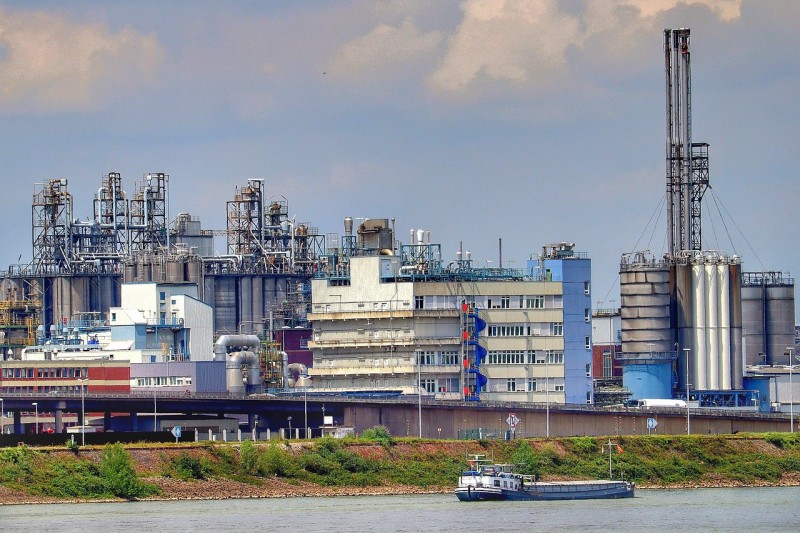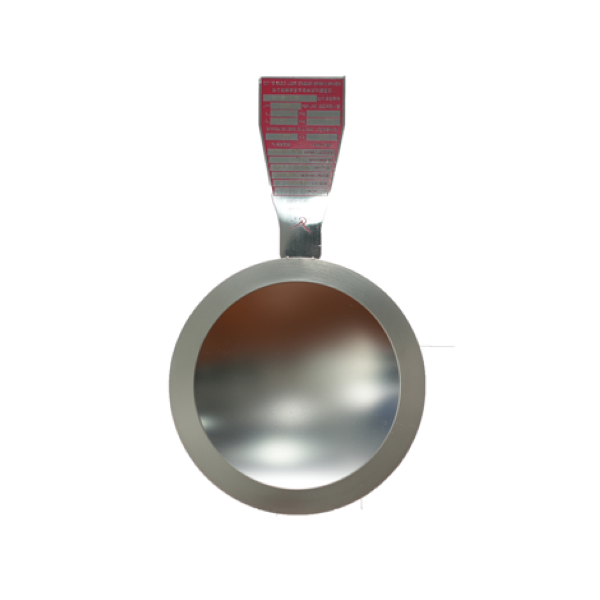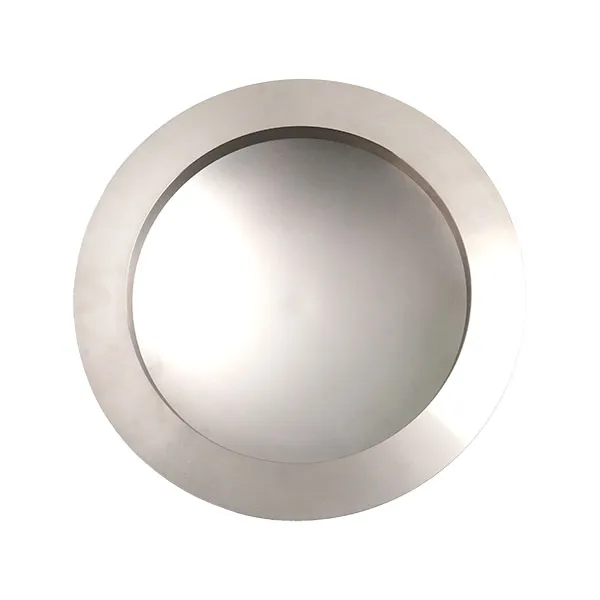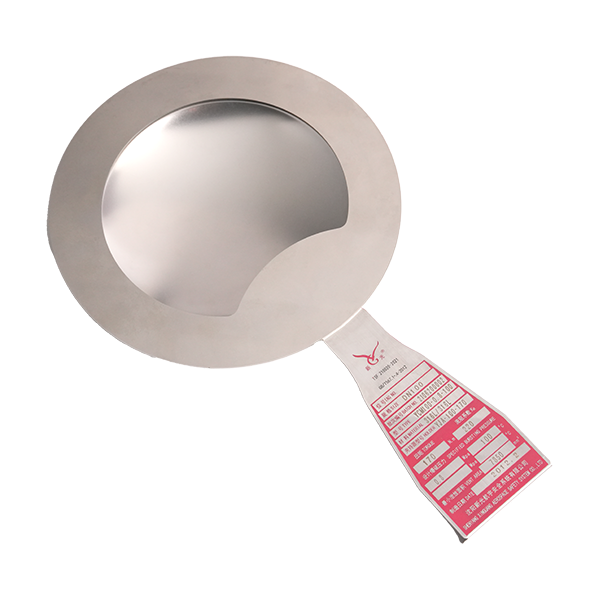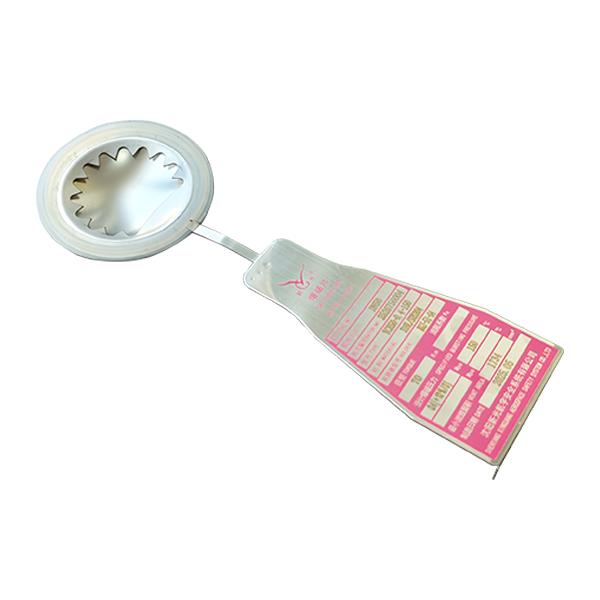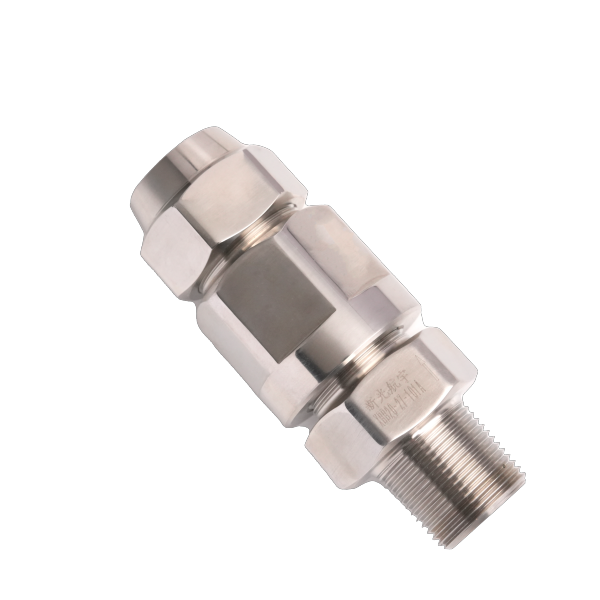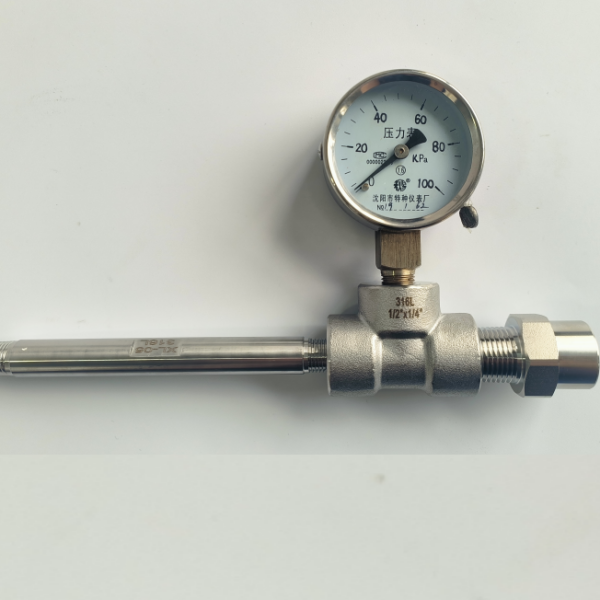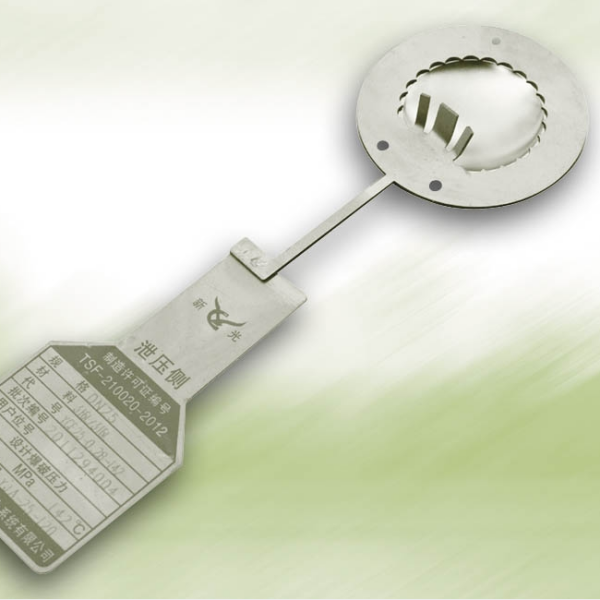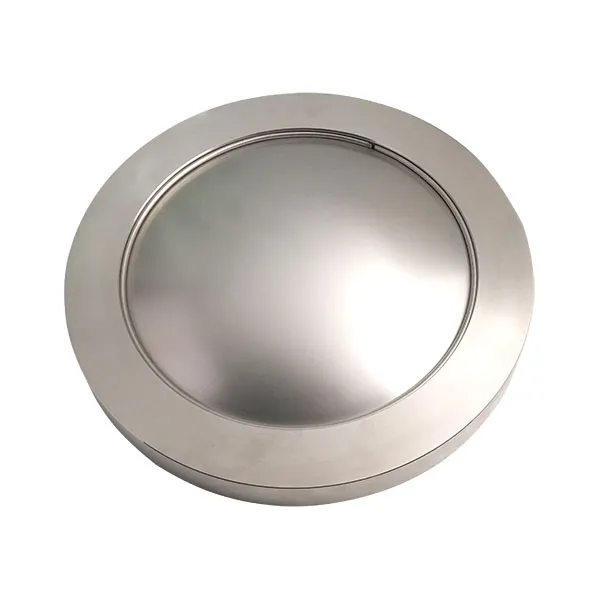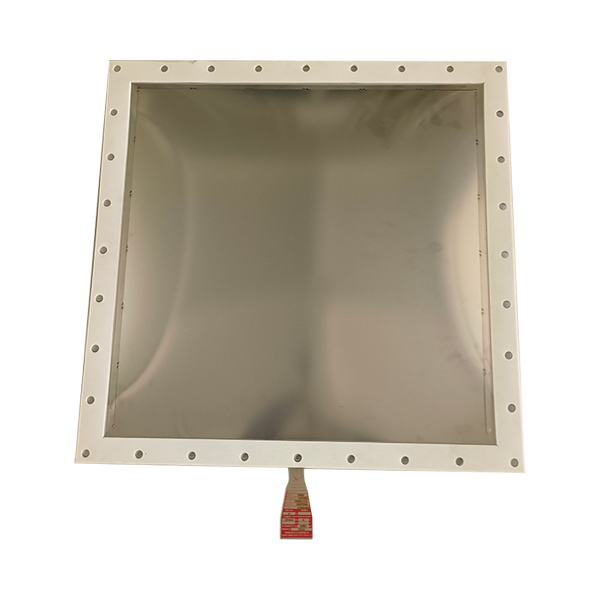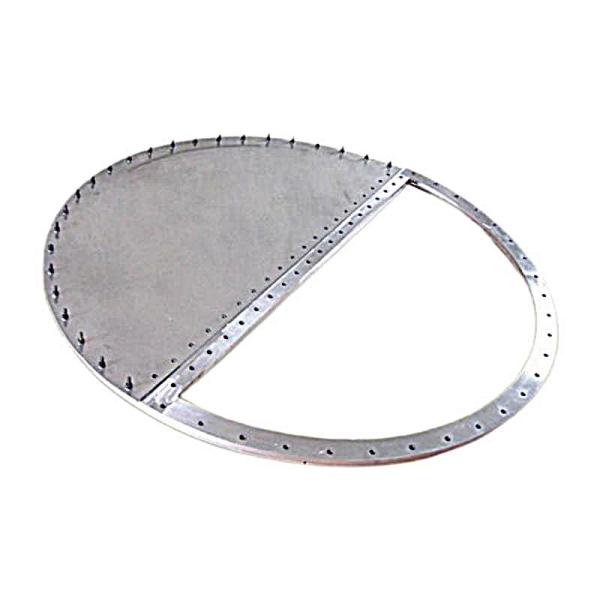In pressure-bearing equipment in chemical, petroleum, pharmaceutical and other industries, rupture disc, as the main safety accessory, needs to pass scientific and standardized tests and inspections to enable rupture disc to achieve accurate pressure relief during overpressure. In this article, we will combine the relevant standards and requirements to introduce you in detail the main points of the whole process of testing and inspection of rupture disc from material to finished product.
From the point of view of the testing and inspection system, rupture disc needs to go through three major links: material process molding test, piece-by-piece inspection of finished products, and sampling blasting test. In terms of material source control, materials manufactured in the same batch of rupture disc must pass process molding tests to verify uniformity and comprehensive quality. The specific operation is to cut out at least 3 test blanks from the appropriate parts of the same batch of materials, complete the forming process of rupture disc and pass the surface quality inspection, and carry out blasting tests. The maximum deviation of the blasting pressure of each piece is required to be strictly controlled within the specified tolerance range, and the safety risks caused by material defects are eliminated from the source.
The finished product inspection link realizes the dual guarantee of piece-by-piece screening and sampling verification. The surface quality inspection should be visually inspected piece by piece under normal lighting, and if necessary, a 3 to 5 times magnifying glass can be used. If the thickness of the material is less than 0.2mm, additional light transmission checks are required to ensure that the illuminance is not less than 5000X, and the light transmission products are directly removed. At the same time, the density inspection of the sealing film will also be carried out. In addition to referring to the surface quality inspection method, other leakage detection methods can also be used to eliminate the appearance and performance hidden dangers of the finished product in all directions.
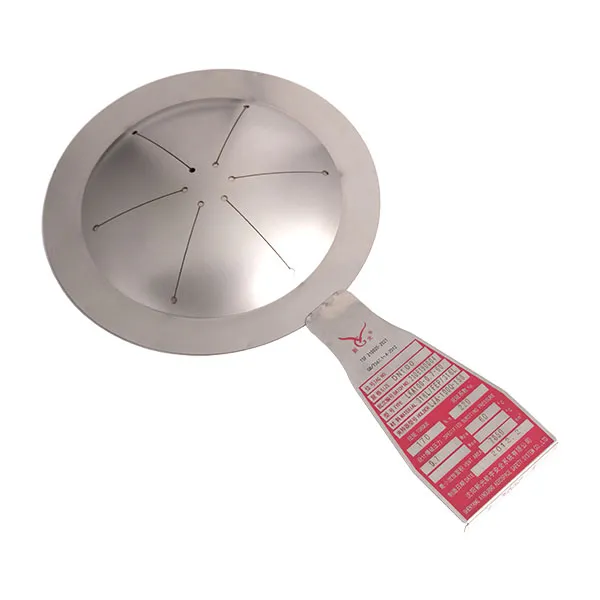
Sampling blasting test is the final quality assessment link of rupture disc, and the normative nature of the test is very important. The same batch of rupture disc needs to randomly select products with qualified surface quality in accordance with the specified quantity for testing. The test system needs to be equipped with a pressure medium source, a pressure and temperature measurement system, a heating control system, a media discharge channel, and safety protection facilities, and the diameter and orifice structure of the gripper's discharge port need to be exactly the same as the actual use scenario, so that the test environment fits the real working conditions.
During the test process, the pressure medium needs to be selected as much as possible in the same state as when it was actually used. Oil, water or non-corrosive high and low temperature liquids can be used in the liquid state, while inert gases such as air and nitrogen are preferred in the gaseous state. Pressure measurement needs to be equipped with at least two instruments within the validity period of the verification, one of which is close to the test rupture disc to measure the burst pressure, and the other is placed at the outlet of the pressure source to indicate the system pressure. Temperature measurement can use a verified glass liquid thermometer or thermocouple to prevent interference from external heat transfer. During high temperature or low temperature tests, the temperature needs to be raised and lowered slowly, and the temperature of the rupture disc is kept warm until the temperature is uniform. During boost blasting, the temperature fluctuation should not exceed ±10℃. After the test is over, an official report containing the test date, rupture disc model, batch information, test conditions, pressure and temperature data, qualified conclusions, and the signature of the tester needs to be issued as the core supporting documents for the quality of the finished product of rupture disc.
In short, rupture disc testing and inspection is an important part of the safety management of pressure-bearing equipment. We will strictly abide by the standardized process and control the whole process from materials, finished products to sampling tests, so that every piece of rupture disc can play a role at a critical moment.
